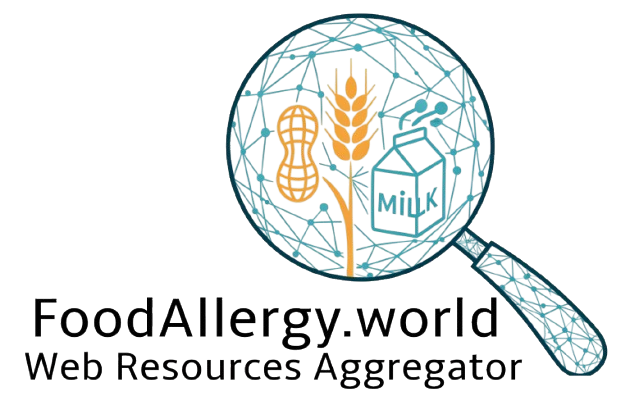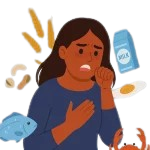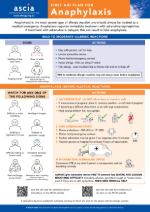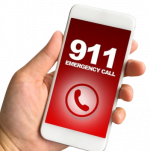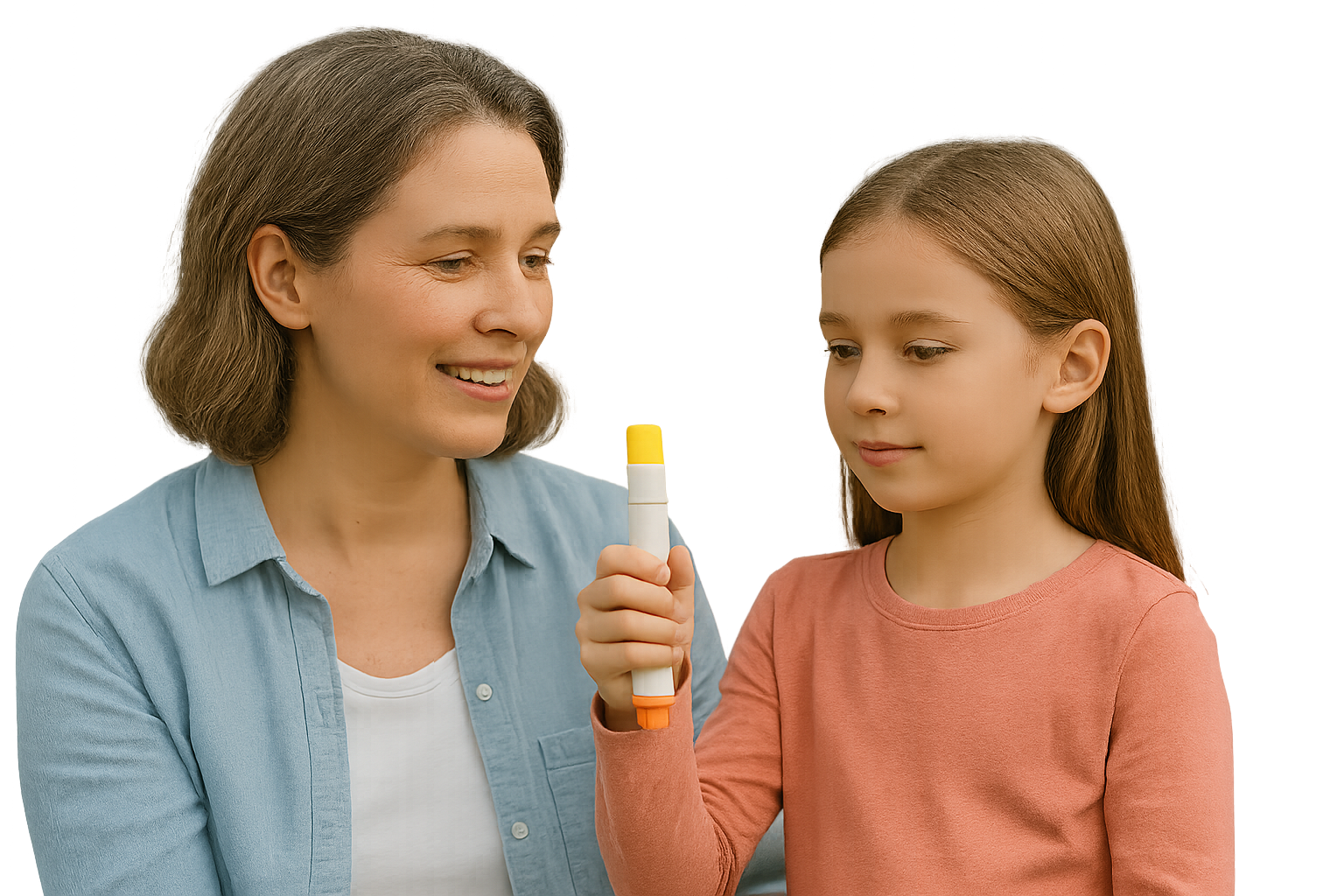
Anaphylaxis Resources
Covers critical emergency management of Anaphylaxis
Five (5) Curated Topics
Food Allergies Not a Global Reality

Food Allergies Not a Global Reality
Locals may not recognize food allergies
Medical Authority Sites: Access comprehensive, medically-reviewed information about anaphylaxis from trusted healthcare sources including Mayo Clinic and Johns Hopkins. This resource provides everything you need to understand and manage severe allergic reactions.
Evidence-based guide brings together expert knowledge from leading medical institutions to help you stay informed about allergy emergencies. Whether you’re managing allergies yourself, caring for someone with severe allergies, or simply want to be prepared, this resource provides reliable information for better allergy safety.
Anaphylaxis / Symptoms: Recognizing an anaphylactic reaction early can save a life. This page explains what anaphylaxis is and how to spot critical symptoms — from hives and swelling to trouble breathing and dizziness. It also outlines what to do in an allergy emergency (like using an epinephrine auto-injector) and why every second counts. Equip yourself with these life-saving facts so you’re ready to act when it matters most.
26 Translations of Anaphylaxis First Aid Guides: Language shouldn’t be a barrier to life-saving allergy info. This page points you to anaphylaxis first aid guides in 20+ languages, ensuring anyone can learn how to respond to a severe allergic reaction. Whether you need instructions in English, Spanish, Māori, or other languages, you’ll find the critical steps (like how to use epinephrine) clearly translated. These global resources help you and those around you stay prepared, no matter where you are or what language you speak.
What Is 911 In???: Traveling with severe allergies? Make sure you know the local emergency number wherever you go. This guide reveals how each country has its own version of “911” (112 in Europe, 999 in the UK, etc.) and why knowing it could save your life during an allergic reaction abroad. It also provides a handy list of global emergency numbers and practical travel tips to help you stay safe abroad.
Food Allergies Not a Global Reality: Severe food allergies aren’t common everywhere. This eye-opening article explores how some countries have far fewer food allergies (even near-zero in certain cases) and why locals in those places may not recognize an allergic emergency. You’ll discover how cultural and environmental differences affect allergy awareness and get practical tips on communicating your needs and staying safe in regions with low allergy awareness. It’s a must-read for global travelers who want to be prepared and bridge the understanding gap wherever they go.
